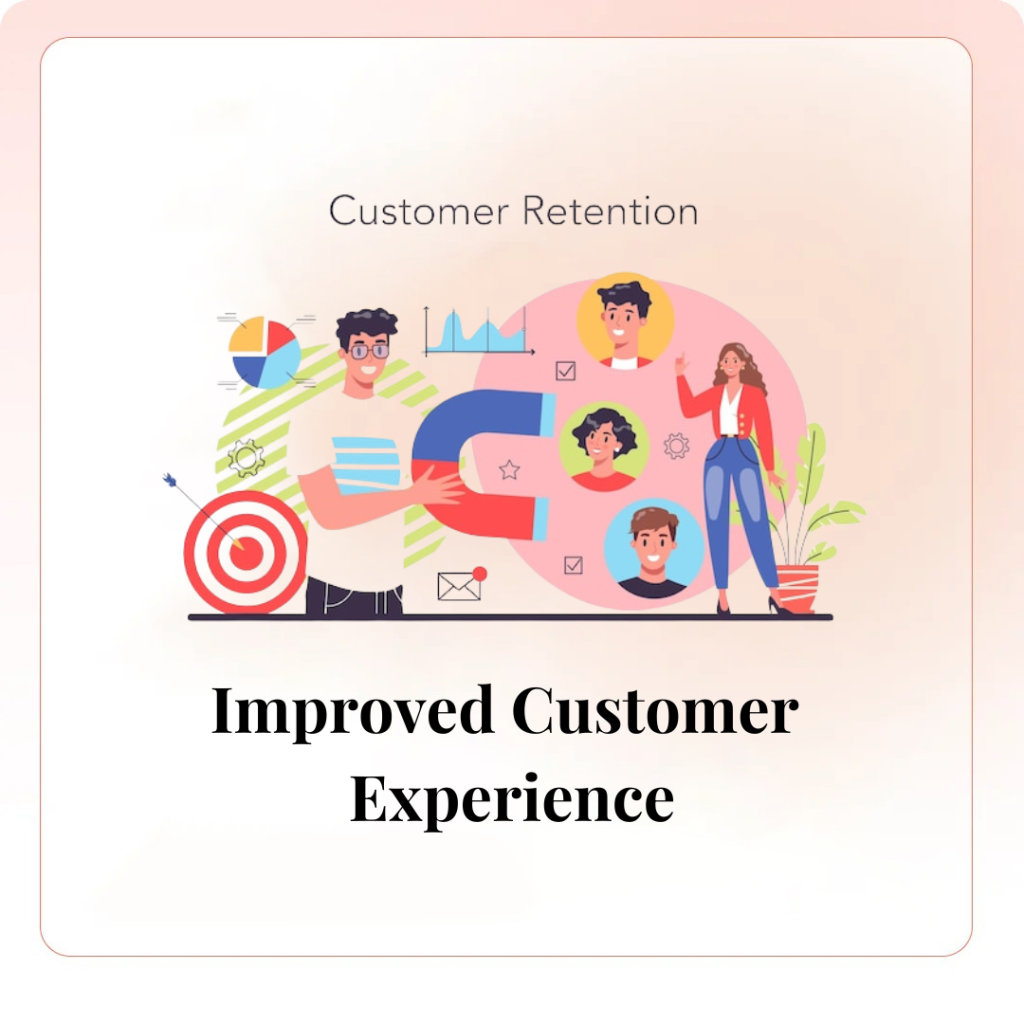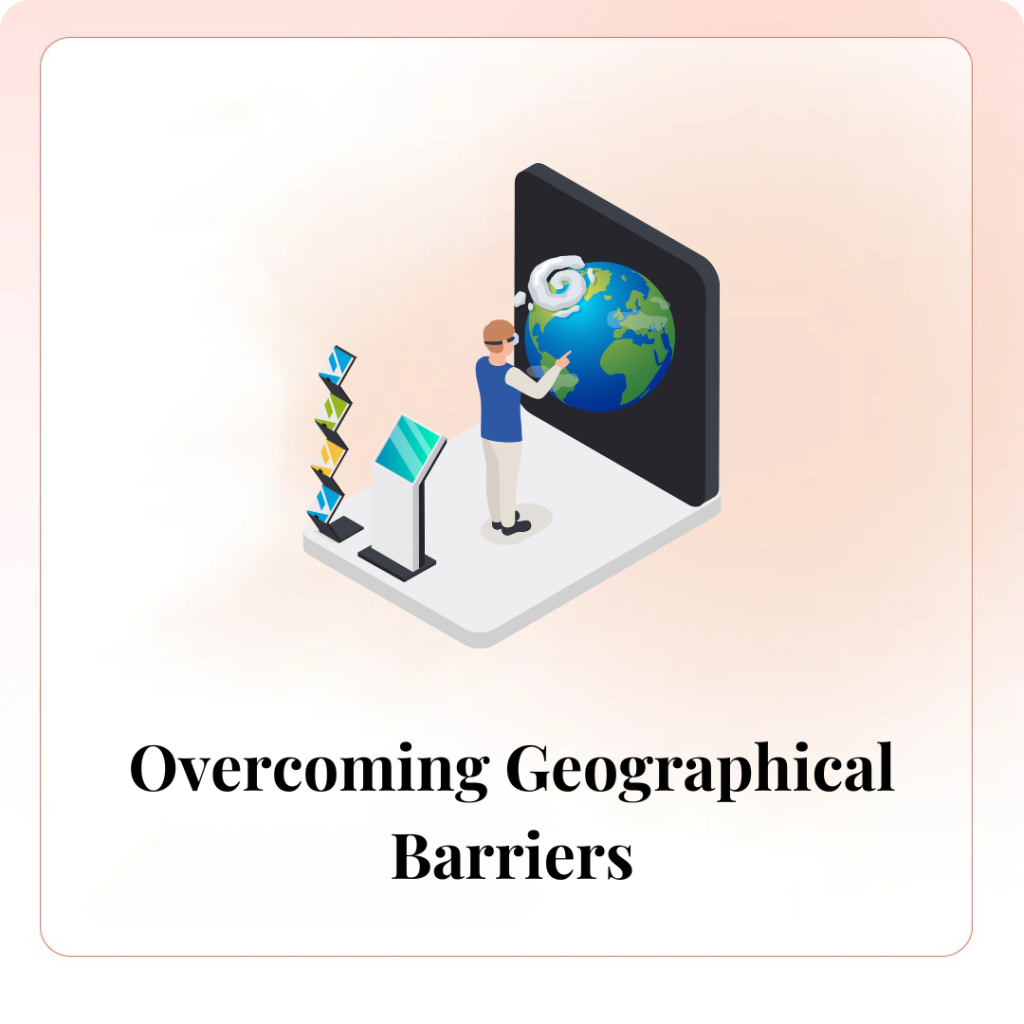In the ever-evolving landscape of digital marketing, one technology stands out for its transformative potential: Virtual Reality (VR). This immersive technology, once the realm of science fiction and gaming, is now making significant strides in various industries, particularly in digital marketing. VR is not just a novelty; it is a powerful tool that can create engaging, memorable, and impactful marketing experiences. Let’s explore how VR is reshaping the digital marketing world.
1. Enhanced Customer Engagement
VR provides an unprecedented level of customer engagement. Unlike traditional media, VR offers an immersive experience that fully captures the user’s attention. Brands can create virtual environments where customers can interact with products in ways that were previously unimaginable. For example, instead of just showing a video of a new car model, an automotive company can create a VR experience where customers can virtually test drive the car. This deeper level of engagement fosters a stronger emotional connection with the brand.

2. Innovative Advertising Campaigns

3. Improved Customer Experience

4. Data Collection and Insights

5. Building Brand Loyalty

6. Overcoming Geographical Barriers

Conclusion
The impact of virtual reality on digital marketing is profound and far-reaching. As VR technology continues to advance, its applications in marketing will only grow, offering new ways for brands to connect with their audience. By embracing VR, marketers can create more engaging, immersive, and effective campaigns that not only capture attention but also drive conversions and build lasting customer relationships. In the digital age, staying ahead of the curve is crucial, and VR provides the perfect avenue for innovative and impactful marketing.

